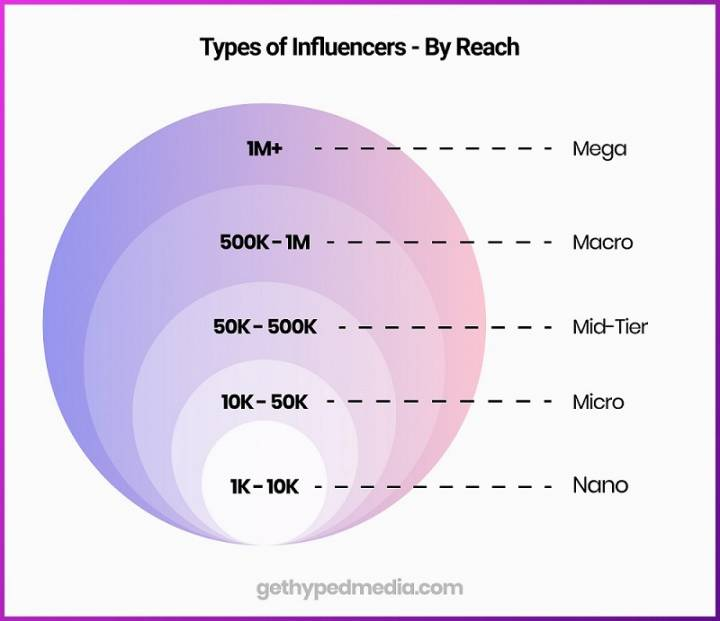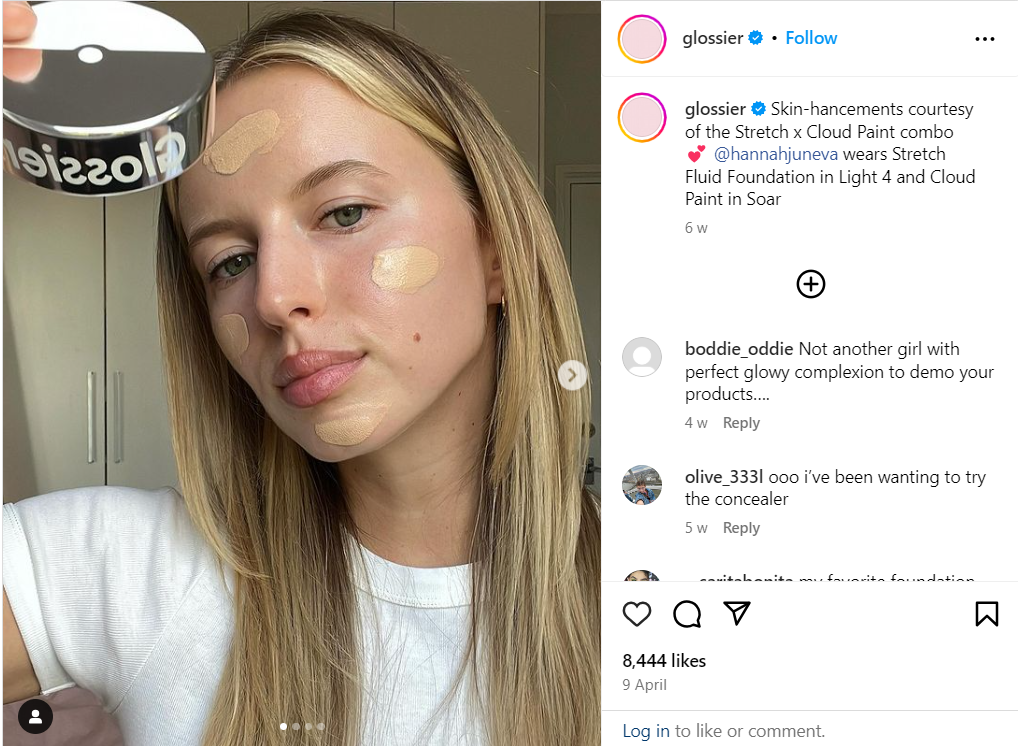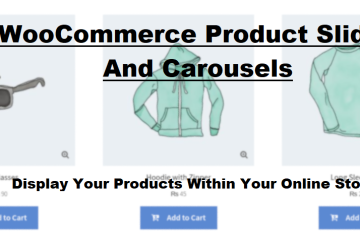
October 23, 2024
Influencer marketing is recognized as a potent strategy for brands aiming to extend their influence and authenticity through content creators who are relatable to their audience. According to recent data, 39% of brands, along with marketing professionals and agencies, reveal that they work with up to 10 influencers. Meanwhile, a smaller fraction, 12%, admits to engaging with more than 1,000 influencers on a global scale. This approach not only broadens the brand’s reach but also enhances its relatability and authenticity through strategic collaborations.
Quick Links
These statistics highlight the importance of a detailed influencer onboarding process to ensure clear communication, establish expectations, and pave the way for successful collaborations.
This guide outlines how to effectively onboard influencers, identifying those aligned with your brand, and engaging them successfully. We’ll cover collaboration strategies to ensure synchronized efforts for campaign success. Finally, we’ll delve into collaboration strategies that ensure all parties are synchronized in their efforts for a campaign’s success.
Let’s get started!
Identifying the Right Influencers
Identifying influencers whose values and audience align with your brand is essential. Understanding the types of influencers—Nano, Micro, Macro, and Mega—is crucial, as each offers unique value. Nano influencers have intimate audience relationships, ideal for trust-based marketing, while Mega influencers provide vast reach.

Source
Here are some crucial steps to identify the right influencers for your brand:
- Look for an authentic connection with the influencer, which fosters a natural fit for your brand.
- Evaluate engagement rates; a passionate audience can be more influential than a large, disengaged following.
- Ensure their content style and quality resonate with your brand’s image and messaging.
Glossier, for example, masterfully leverages influencers who genuinely love their products, creating a credible and enthusiastic promotion.

Source
A successful influencer partnership can act as a catalyst for follower growth. This alignment of values, along with strategic content collaboration, can amplify your message effectively.
To learn more about potential pitfalls in influencer marketing and how to avoid them, consider insights on how to avoid mistakes when approaching your influencer strategies.
Initial Contact and Communication
Making a positive first impression when reaching out to influential people is crucial to building a successful relationship. Personalize your initial communication, demonstrating that you’ve researched and understand the influencer’s brand. It’s key to highlight compatibility between their content and your brand’s values.
Begin your message by wishing your audience a warm welcome and giving a brief introduction to yourself and your business. Your message can be structured as follows:
- Greeting: Personalize with the influencer’s name
- Introduction: Who you are and what your brand stands for
- Compliments and Compatibility: Praise their work and align it with your brand
- Proposal: Briefly outline what you envision for the partnership
Here’s an example template you might use:
Hi [Influencer Name],
I’m [Your Name] from [Your Brand], and we are big fans of your [specific content they produce]! Your passion for [relevant topic] truly resonates with what we stand for at [Your Brand]. We believe your creativity would mesh perfectly with our brand, and would welcome discussing a potential partnership that benefits both parties involved.
Look forward to hearing from you,
[Your Name]
Be respectful and concise in your communication. Influencers can be busy so you should make sure your message is easy to understand and direct. A confident, neutral, and knowledgeable tone will help you establish a professional and clear working relationship.
Welcome Kit
Consider your welcome kit as a curated package that introduces your brand and excites the influencer about the collaboration. 93% of influencers say they are willing to work with brands in exchange for free products, if the product or brand is something that they truly love.
Your Welcome Kit should contain the following:
- Brand Materials: Ensuring quick access to your logo, guidelines, and any visual tools will help maintain brand consistency across influencer content.
- Product Samples: Handpick products that best represent your brand essence; they often become the centerpieces of influencers’ content and reviews.
- Brand Story: A compelling narrative about your brand’s journey that resonates with the influencer can create a deeper connection and a more authentic promotion.
Consider including:
- Promo Codes: Track your influencer’s impact with dedicated promo codes for them to share with their audience.
- Access to Exclusive Events or News: Provide a glimpse into upcoming launches or events, bringing influencers closer into the brand fold.
The contents of your Welcome Kit can significantly influence an influencer’s perception of your brand and can determine the success of their content and your future partnership.
Orientation Meeting
An orientation meeting is one of the most important aspects of influencer onboarding. This meeting is vital as it lays down the basics of your partnership, ensuring that both parties have a clear understanding of what is expected.
During this meeting, you can cover several key areas:
- Expectations: What you hope to achieve with the influencer’s engagement.Expectations should be communicated clearly to avoid misunderstandings later on.
- Campaign Objectives: Specific goals for the campaign, such as brand awareness or sales targets.
- Timelines: Clear deadlines for campaign milestones and content deliverables.When discussing timelines, be realistic and considerate of the influencer’s content creation process. Ensure you both agree on a schedule that allows for content planning, creation, review, and iteration.
- Deliverables: A detailed discussion of the type and frequency to be produced. Does your influencer create social media posts, blog posts, videos or a mixture of all these? In terms of Instagram influencer content, the standard image posts are the most popular with 78% share. The next most important thing is Stories, with 73%. Don’t make any guesses.
This initial meeting paves the way for your influencer relationship, making it easier to collaborate and achieve your desired outcomes efficiently.
Content Guidelines
Your content guidelines are crucial for influencers to ensure brand consistency and message alignment. You’ll provide a framework they can follow to create content that resonates with both your brand and their audience. Here are some do’s and don’ts for sharing content guidelines with influencers.
Do’s:
- Be Authentic: Encourage influencers to use their unique voice while incorporating your key messaging subtly.
- High-Quality Visuals: Be sure to use images and videos with crisp, clear details that are consistent with your brand.
- Disclosures: Remind influencers to comply with FTC guidelines by disclosing sponsored content transparently.
Don’ts:
- Avoid Over-Promotion: Instruct influencers to avoid overly promotional content that can feel insincere.
- No Competitors: Make it clear that posting about direct competitors is typically off-limits.
- Skip Negative Tone: Be sure to maintain a positive or neutral tone, especially when discussing your products or services.
Your guidelines should balance your requirements with the influencer’s creativity, aiming for content that is authentic, engaging, and promotes your brand while preserving the influencer’s authenticity.
Communication Protocols
Establish effective communication protocols to facilitate an efficient and productive influencer collaboration. Here’s a guide that can help:
Frequency and Methods of Contact
Decide a communication schedule that balances regular updates with respect for the influencer’s time. Aim for a rhythm that keeps both parties informed without being overwhelming.
- Initial Contact: Arrange a kick-off call to set expectations.
- Routine Updates: Schedule weekly or bi-weekly check-ins.
- Urgent Matters: Agree on a protocol for immediate concerns.
Preferred Channels
Different platforms serve various purposes; choose your channels wisely:
- Email: Suitable for formal agreements and detailed briefs.
- Project Management Tools: Ideal for tracking progress and deadlines.
- Instant Messaging: Convenient for quick, informal conversations.
- Video Calls: Effective for in-depth discussions and relationship building.
Documentation
Keep a record of all communications for future reference and to avoid any potential disputes.
Regular Check-Ins
Consistency in communication is key during the influencer onboarding process. As part of a robust strategy, create a plan that includes regular check-in meetings to evaluate progress and share experiences.
These regular check-ins serve as an opportunity to align on expectations, track the effectiveness of ongoing campaigns, and enable real-time feedback and support.
What to discuss during these meetings:
- Campaign objectives and performance
- Challenges and concerns, offering solutions or adjustments
- Content feedback, what’s working and what’s not
- Future planning, looking ahead to upcoming campaigns or content opportunities
Incentives and Rewards
Motivation is key. Design rewards that align with each influencer’s interests and values, fostering a partnership that feels exclusive and appreciated. Each reward should be clear, attainable, and structured to align with your brand’s goals and the influencer’s ability to meet and exceed those expectations.
Here are certain incentives and rewards you can consider for your collaboration:
Monetary Incentives: Certainly the most straightforward, financial rewards can be structured as:
- Fixed payments for content production
- Commissions per sale or lead
- Bonuses for exceptional performance
For example, if you’re collaborating with an influencer on a sales campaign, consider offering a base rate plus a commission. The skincare brand, Glossier, effectively uses this strategy by providing influencers with a commission for products sold through their referral links.
Product Rewards: These can take the shape of:
- Free products for personal use
- Exclusive early access to new product launches
- Giveaways for the influencer’s audience
Recognition Rewards: Show appreciation for your influencer partners by:
- Featuring their contributions on your brand’s platforms
- Providing them with social proof in the form of shoutouts or testimonials
- Hosting events where influencers can network and receive brand acknowledgment
Reviewing Campaign Success
It is important to measure and analyze specific performance metrics in order to assess the success of influencer collaborations. You should follow a systematic approach, focusing your efforts on the key indicators that best reflect your campaign objectives.
Start with the performance indicators that are most relevant to your campaign’s goals. These might include:
- Engagement rates such as likes, shares, and comments.
- Conversion rates, or the number of actions taken, such as purchasing or downloading.
- Reach and impressions that reflect the extent of your campaign’s visibility.
- Audience growth, indicating the number of new followers gained through the campaign.
Compare these metrics to your pre-campaign benchmarks to gauge progress and impact. Remember, not all campaigns have the same targets; choose metrics that align best with your specific goals.
Conclusion
Influencer marketing is experiencing tremendous growth; half of millennials trust influencers over celebrities for product recommendations. Therefore, influencer onboarding is integral to your marketing strategy’s success; by following a comprehensive process you ensure authentic and effective collaborations that ultimately benefit everyone involved. Here are a few key takeaways from our study:
- A structured approach helps manage expectations and responsibilities.
- Clear communication of your brand’s values and campaign goals is essential.
- Assigning trackable metrics such as unique promo codes will facilitate performance analysis.
- Safeguard your investments by learning to spot fake influencers and ensure authenticity in your partnerships.
By adhering to these guidelines, you will build productive relationships with influencers who will engage authentically with your audience and expand on the message of your brand. Remember, the success of any collaborations rests heavily on an effective onboarding process.
About the Author:

Joy D’Cruz – a content marketing specialist currently working with SaSHunt. Joy has a keen interest in researching topics related to B2B and SaaS. During weekends, he enjoys spending time watching YouTube.





